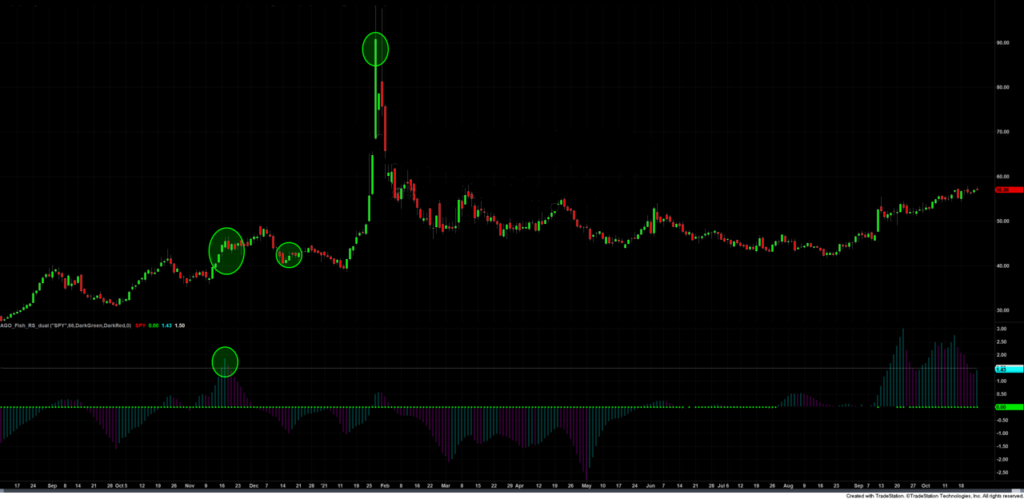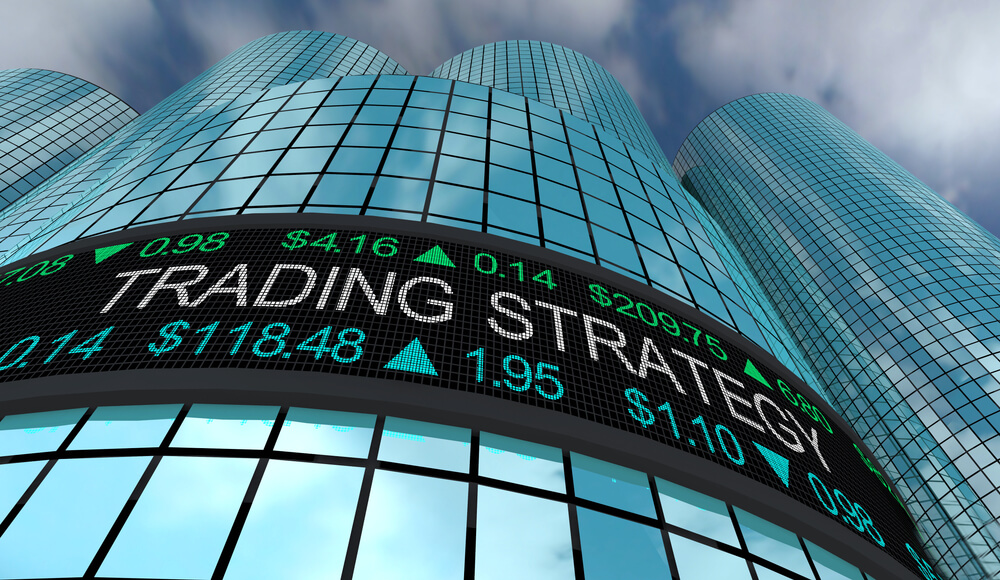You might be surprised to hear this, but there aren’t too many successful arrogant traders.
There are plenty of arrogant traders, of course. I unfortunately meet them all the time. The key word here is “successful.” Most arrogant traders are terrible at their jobs and ultimately lose money.
Successful traders with staying power all have one thing in common: They have a sense of humility.
The great English physicist Sir Isaac Newton was not a good trader. He famously lost a fortune trading the great South Sea Bubble. But he did, nonetheless, maintain a degree of humility. Upon taken his losses, he reportedly threw up his hands and said “I can calculate the motion of heavenly bodies but not the madness of people.”
I think about Newton a lot in my stock trading. Because, while he wasn’t much of an investor, his first law of motion — that an object in motion will stay in motion — is key to understanding momentum investing.
Why Momentum Works
In a momentum trade, you identify a stock that is trending higher (I call this “maximum momentum”) and you jump on board, following the trend.
It’s not always easy to get the timing right, and you have to be willing to sell when the trend starts to break down. But momentum investing, if done systematically and with discipline, works. Study after study has proven it, as has my own quantitative research.
As for the “why” it works, it comes back to Newton. Investors see a stock moving higher, so they jump on board. But their buying, in turn, sends the shares even higher, bringing more investors on board.
Eventually, some “force” will stop the momentum — perhaps an earnings miss or some other piece of bad news — but until that happens, the trend tends to continue.
How I Use This Factor When Trading
You can use momentum models as stand-alone trading systems, of course. But I prefer to incorporate momentum with other factors.
In Green Zone Fortunes, I use momentum along with five other equally-weighed factors in a composite model. But while all six factors are given an equal weighting in the model, I’ll admit that I really like to see a solid momentum factor score when I make a trade.
Every week, my team compiles a “hot list” of stocks that rate highly in my proprietary Green Zone Ratings system and also show signs of hitting peak momentum based on my algorithm.
When you time things correctly, and you find a stock reaching its point of maximum momentum, you don’t have to hold the stock for a year or for 18 months or three years. You can make massive triple-digit gains in a window of just weeks or months.
Momentum Trading in Action
This isn’t theoretical. We do it in the real world, and it works.
As an example, a beverage stock popped up on our hot list in November 2020, and we ended up recommending it a few weeks later in Green Zone Fortunes. Within five weeks, we had already booked a profit of over 100% on half the position.
What Maximum Momentum Looks Like

Just a few months later, we found a little-known American energy company on the hotlist, and we added it to the portfolio in March of this year. The stock is up more than 100% from when it first appeared on the hotlist and a good 64% from when we added it to our portfolio.
On the other side of the world, an Indian information technology company that serves as “boots on the ground” for Amazon’s rising cloud business, hit our hotlist momentum criteria in July of 2020. We added it to our portfolio two months later, and we’re now up over 100% on the position.
I could go on, but you get the idea. Momentum investing, when done in a controlled and disciplined manner, works.
And here’s the thing: Millions of new investors have accidentally opened a perfect trading window, and I’ve designed a system that uses momentum to exploit this anomaly for massive gains.
I’m ready to reveal all the details on Thursday at 4 p.m. Eastern time! Click here to sign up for my live event now.
To good profits,

Adam O’Dell
Chief Investment Strategist




